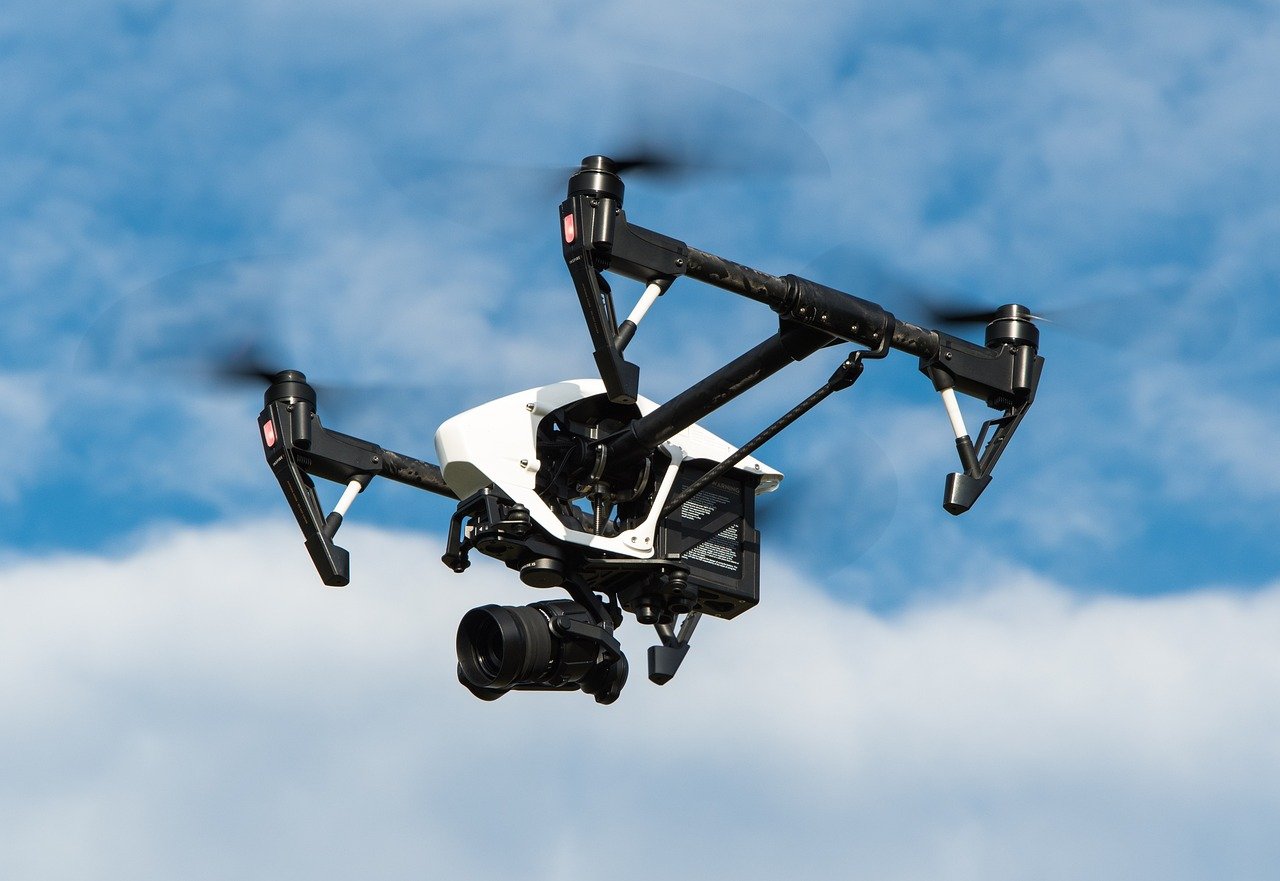Things You MUST Focus On in Travel Videography Are you ready to embark on an…
Things You MUST Focus on in Drone Videography
What is Drone Videography?
Drone videography is the art of capturing video footage from an aerial perspective using drones equipped with high-resolution cameras. This technology has revolutionized various fields, from filmmaking to agriculture, providing unique angles and previously inaccessible viewpoints.
Importance and Applications
Drone videography is not just a hobby; it’s a powerful tool used in real estate, environmental monitoring, sports events, and more. Its ability to offer stunning visuals and comprehensive coverage makes it invaluable in numerous industries.
Choosing the Right Drone

Types of Drones
When it comes to choosing the right drone, understanding the different types is crucial. Consumer drones, commercial drones, and FPV (First-Person View) drones are some of the categories. Each type serves different purposes and comes with varying capabilities.
Key Features to Consider
When selecting a drone for videography, consider factors like camera quality, flight time, range, stability, and ease of use. A good drone should have a high-resolution camera, sufficient battery life, and robust control features to ensure smooth and stable footage.
Drone Laws and Regulations
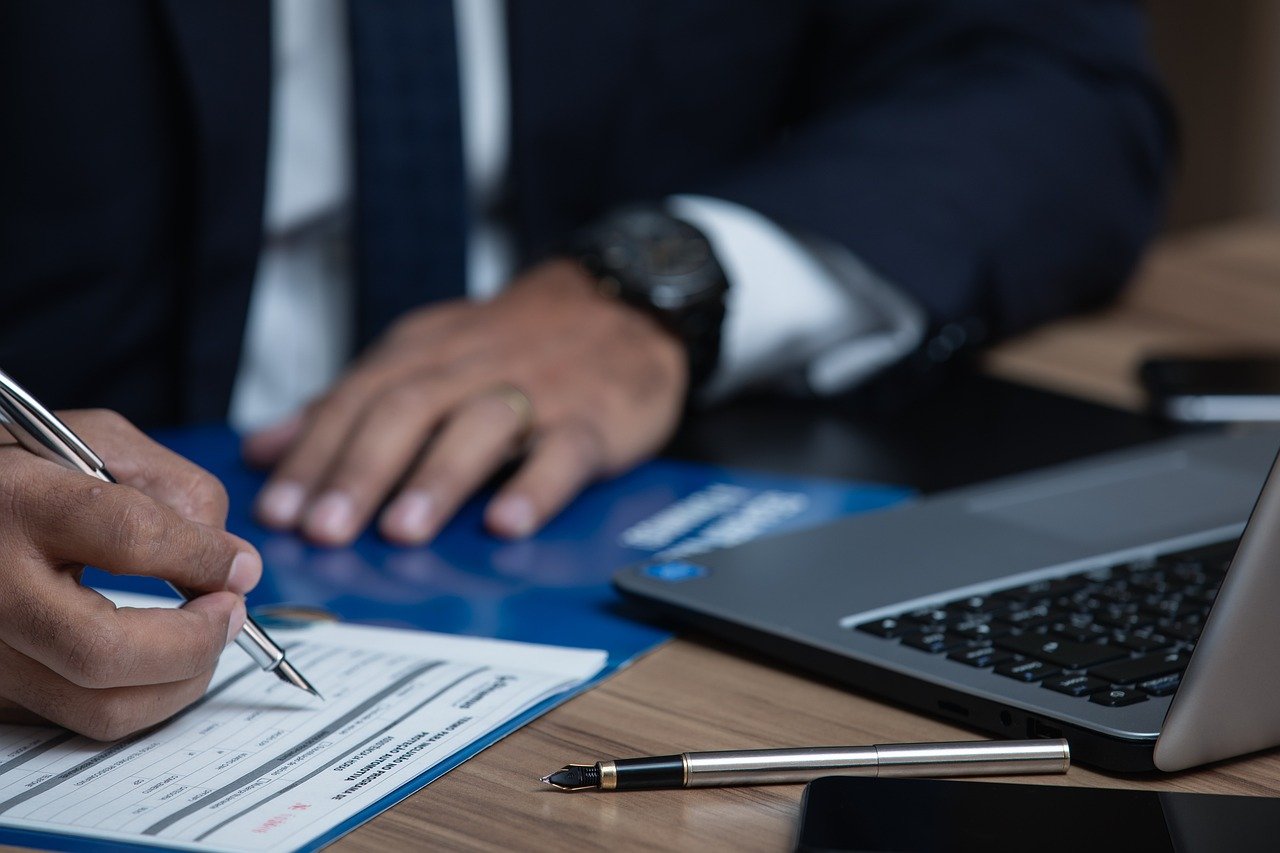
Understanding Legal Requirements
Before flying a drone, it’s essential to understand the legal requirements in your region. Regulations can vary significantly from one country to another, and non-compliance can lead to hefty fines or legal issues.
Important Regulations to Follow
Key regulations typically include registering your drone, adhering to no-fly zones, maintaining visual line-of-sight, and respecting privacy laws. Always stay updated with the latest laws to avoid any legal complications.
Drone Safety Tips
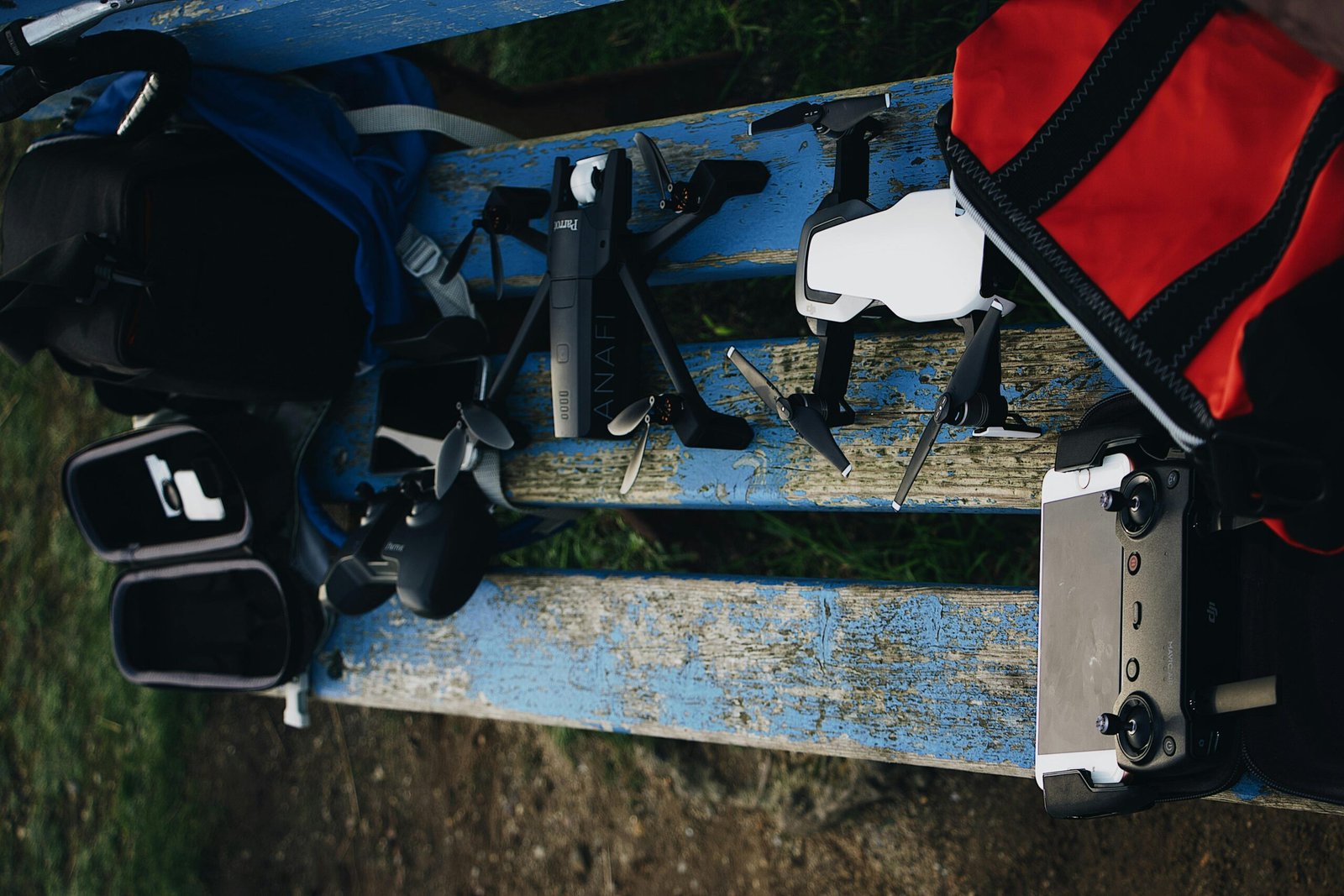
Basic Safety Measures
Safety is paramount in drone videography. Always perform a pre-flight check, ensure your drone is in good condition, and never fly near people or in restricted areas. Safety should never be compromised.
Importance of Safe Flying Practices
Adopting safe flying practices not only protects your drone but also ensures the safety of others. Follow guidelines, avoid risky maneuvers, and be aware of your surroundings at all times.
Pre-Flight Checklist
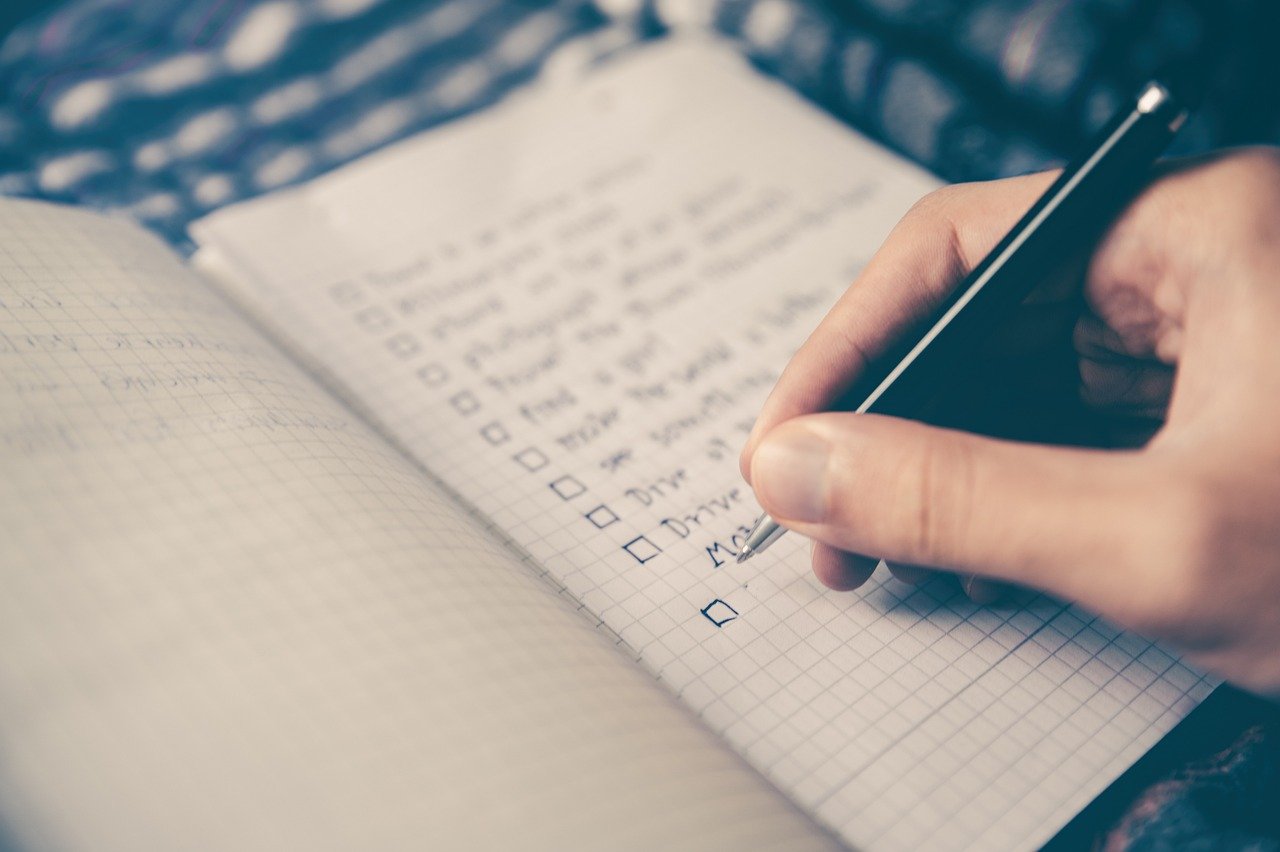
Essential Pre-Flight Checks
A thorough pre-flight checklist can prevent many common issues. Check your drone’s battery levels, propellers, camera settings, and GPS signal. Ensuring all components are functioning correctly is crucial for a successful flight.
Ensuring Everything is Ready
Double-check your equipment, weather conditions, and planned flight path. A well-prepared flight plan minimizes the risk of accidents and maximizes your chances of capturing the desired footage.
Capturing Aerial Footage
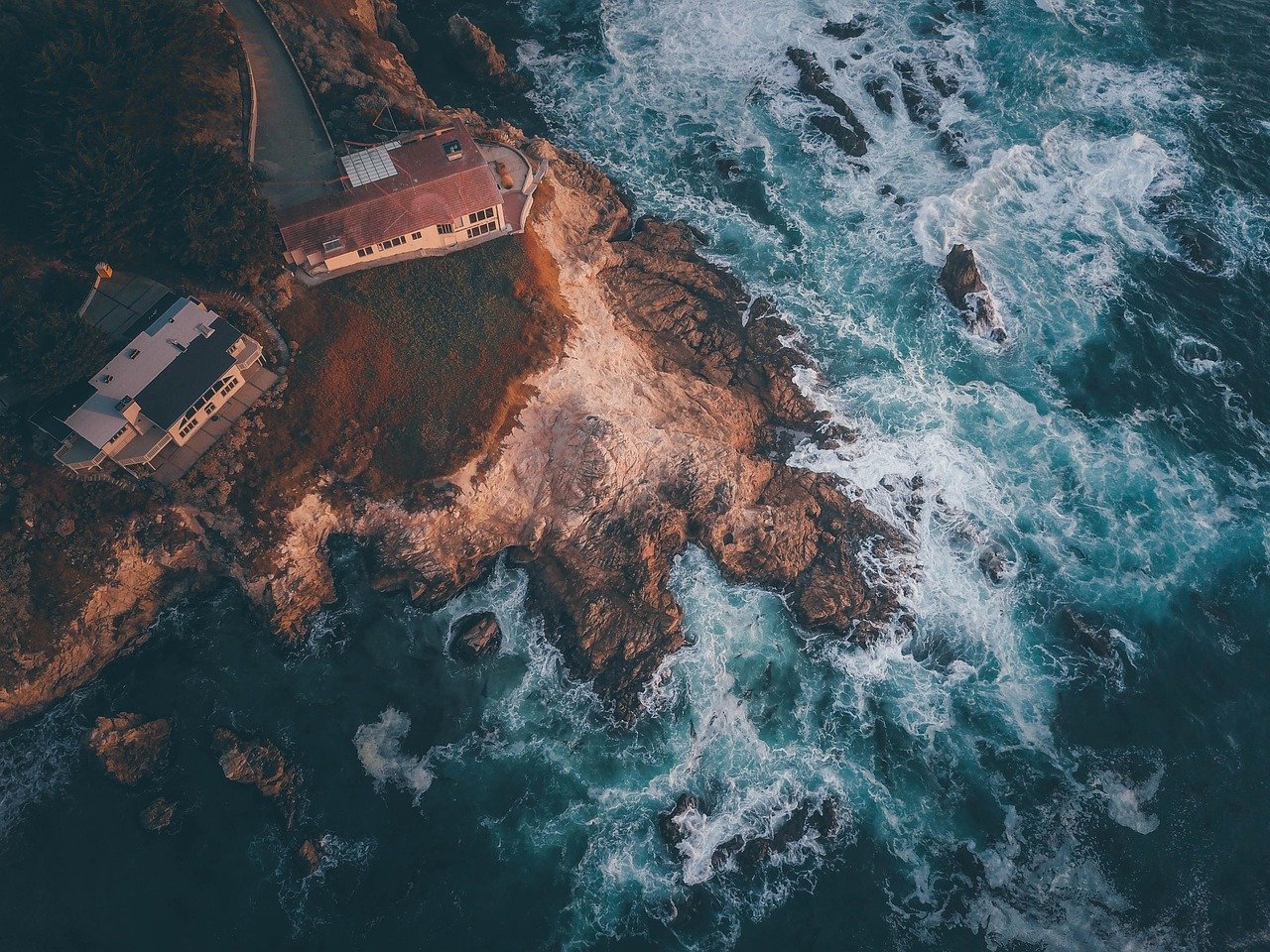
Techniques for Stunning Shots
Capturing stunning aerial footage requires practice and skill. Experiment with different angles, altitudes, and movements. Panning, tilting, and rotating your drone can add dynamic elements to your shots.
Angles and Perspectives
Utilize unique angles and perspectives to create visually appealing footage. Low-altitude shots can provide a sense of intimacy, while high-altitude shots offer a broad overview. Combining these perspectives can make your footage more engaging.
Drone Camera Settings
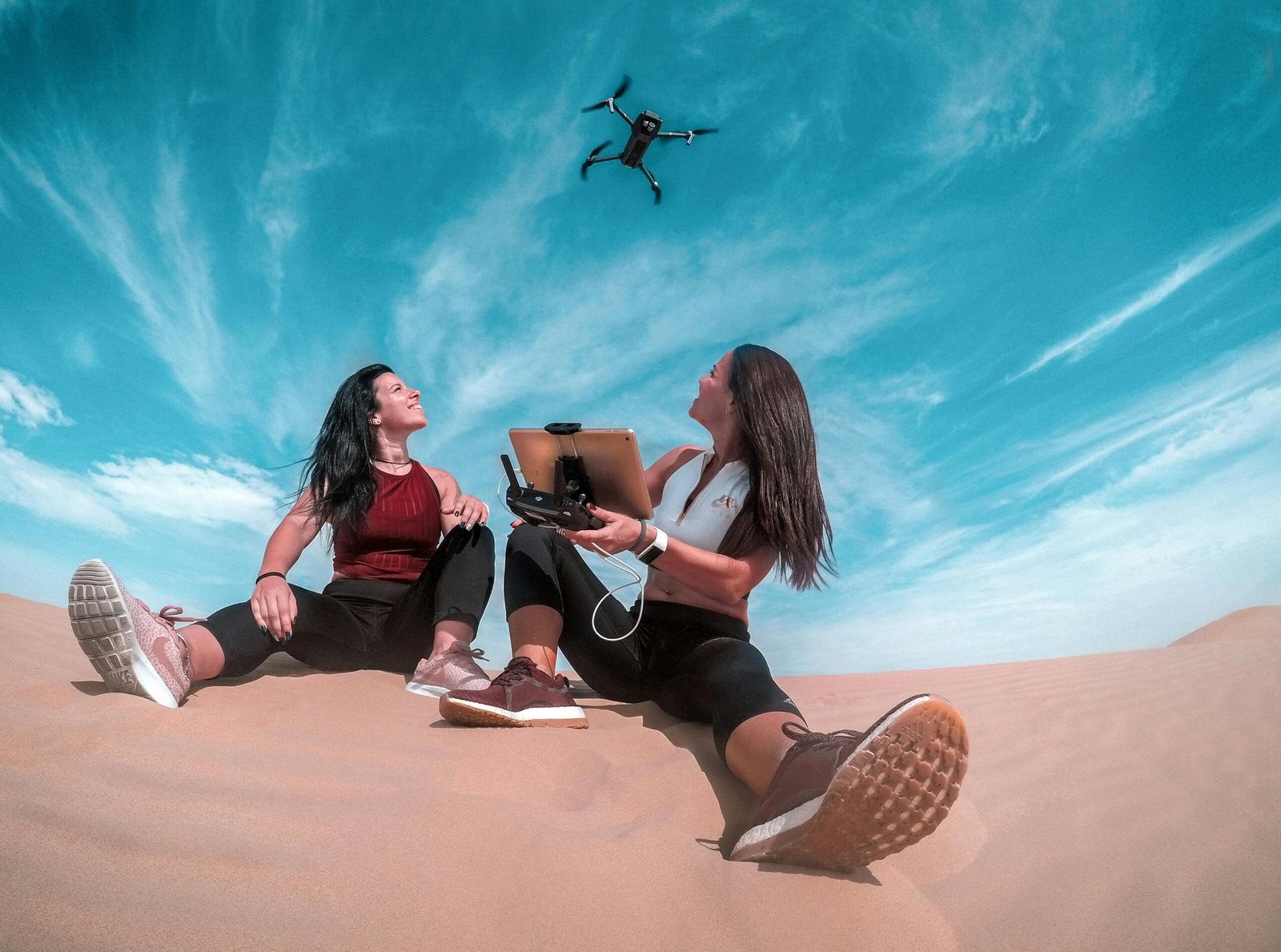
Optimal Camera Settings for Videography
Adjusting your camera settings is crucial for capturing high-quality footage. Use manual settings to control exposure, white balance, and focus. Shoot in 4K resolution, if possible, for the best results.
Adjusting Settings Based on Conditions
Different lighting and weather conditions require different camera settings. Bright sunlight may need lower ISO and faster shutter speeds, while cloudy days might require higher ISO settings. Adapt your settings to the environment.
Flying Drones in Different Weather
Handling Various Weather Conditions
Weather can significantly impact your drone’s performance. Avoid flying in strong winds, heavy rain, or snow. If you must fly in less-than-ideal conditions, ensure your drone is weather-resistant and adjust your flying style accordingly.
Tips for Safe Flying
Always check the weather forecast before your flight. Be prepared to land immediately if conditions worsen. Using weather apps designed for drone pilots can provide valuable insights and help you plan safer flights.
Cinematic Drone Shots
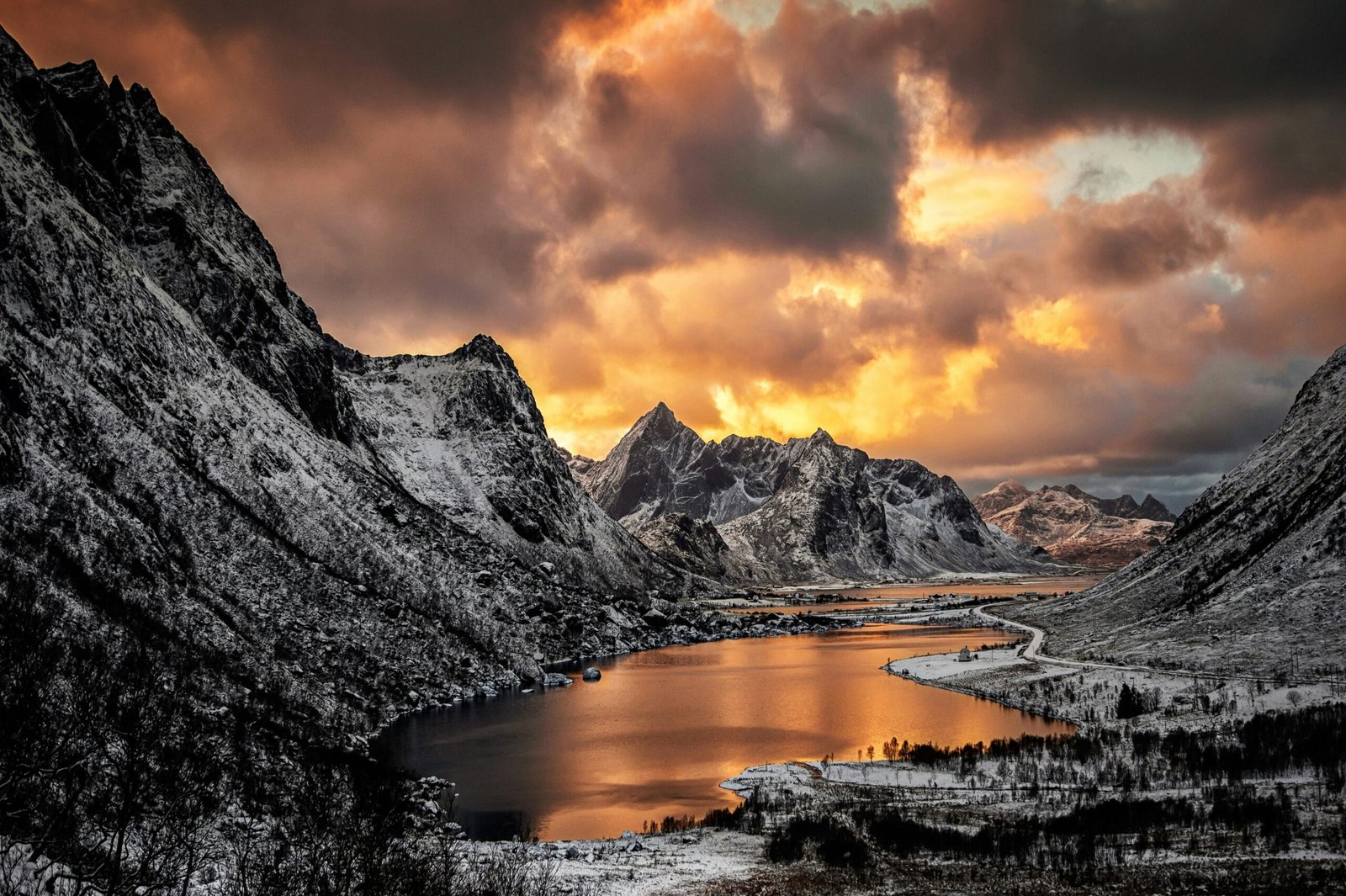
Creating Professional-Looking Footage
Creating cinematic drone shots involves smooth and controlled movements. Practice flying in a straight line, performing gentle pans and tilts, and maintaining a steady altitude. Using cinematic modes available in many drones can help achieve this.
Advanced Shot Techniques
Incorporate techniques like the reveal shot, orbit, and follow mode to add a professional touch to your videos. These advanced maneuvers require practice but can significantly enhance the quality of your footage.
Post-Production for Drone Footage
Editing Tips and Software
Editing is where your footage truly comes to life. Use software like Adobe Premiere Pro, Final Cut Pro, or DaVinci Resolve to edit your videos. Focus on color grading, stabilization, and trimming unwanted sections to enhance the final product.
Enhancing Your Footage
Post-production allows you to correct any issues and add creative effects. Adjusting the color balance, contrast, and saturation can make your footage more vibrant. Stabilizing shaky shots and adding music or voiceovers can also improve the overall quality.
Drone Photography Tips
Differences Between Videography and Photography
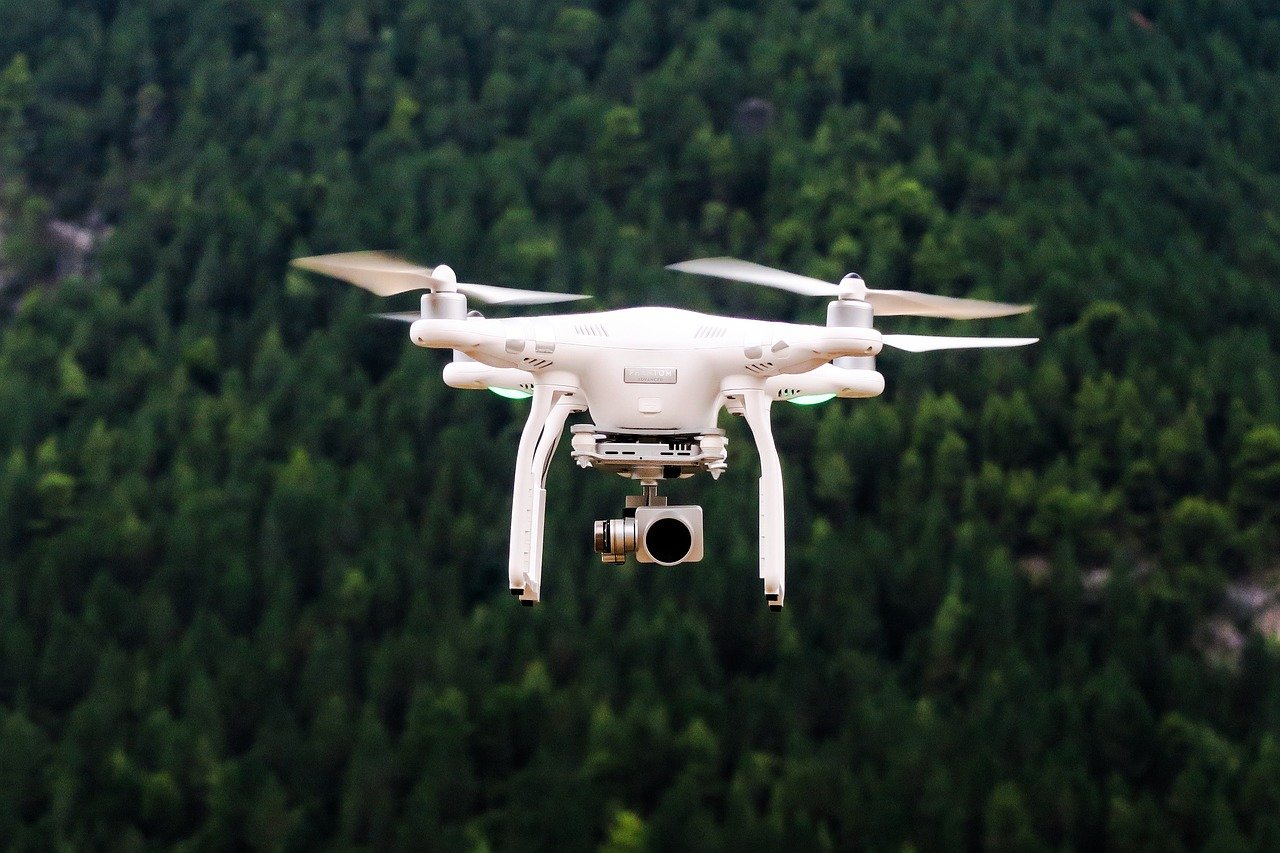
While videography captures motion, photography focuses on still images. Understanding the nuances of both can help you excel in each. For photography, composition, lighting, and timing are critical.
Best Practices for Aerial Photography
Use the rule of thirds, leading lines, and symmetry to create compelling compositions. Shooting during golden hour (early morning or late afternoon) provides the best lighting for dramatic and beautiful photos.
Mapping and Surveying with Drones
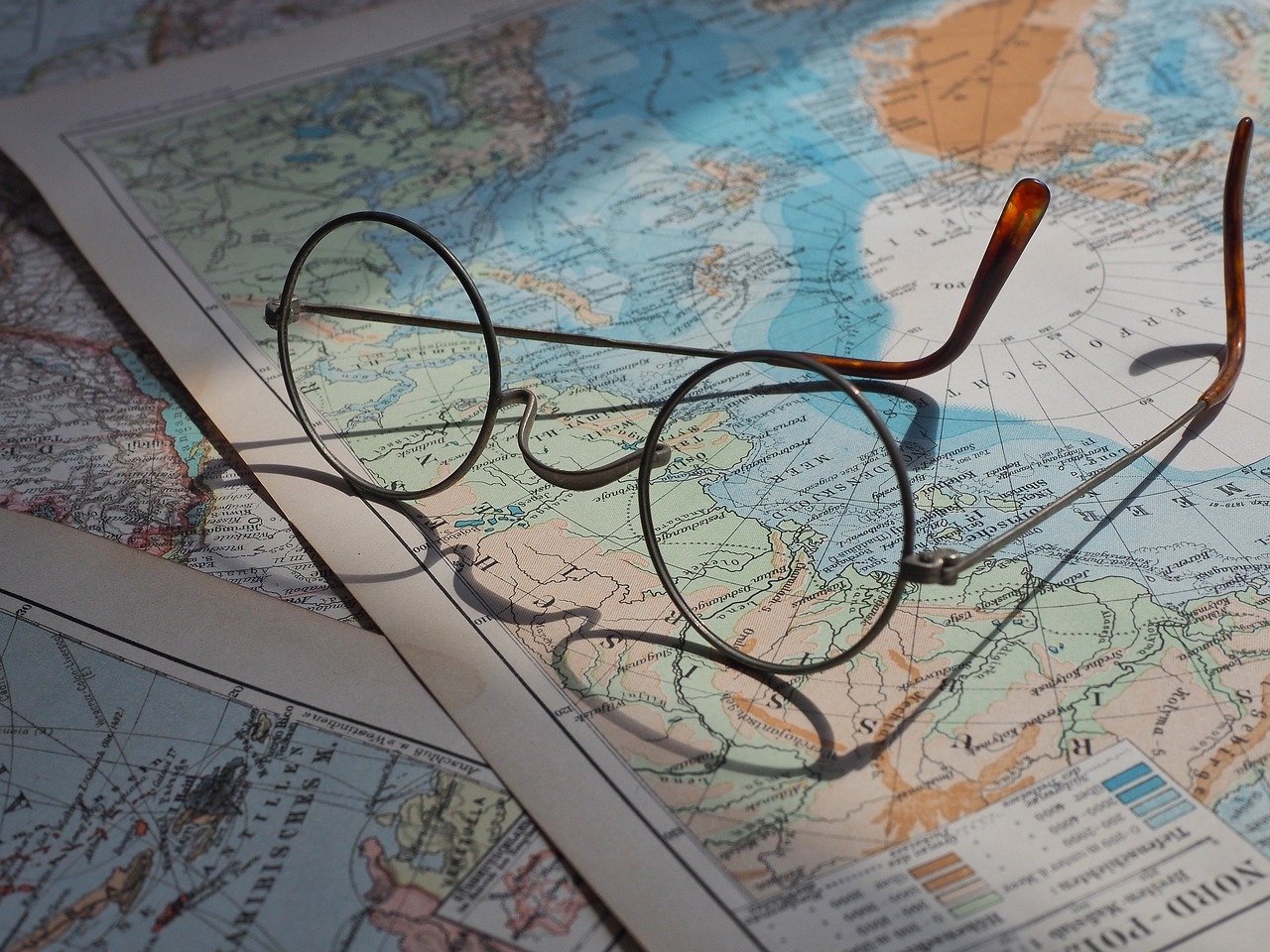
Applications in Surveying
Drones are invaluable tools for mapping and surveying. They provide accurate and detailed aerial maps used in construction, environmental studies, and disaster management.
Techniques and Tools
Using specialized software, drones can create 3D maps and models. Understanding how to use these tools and techniques can expand your drone videography skills and open up new professional opportunities.
Drone Videography for Real Estate

Benefits for Real Estate Marketing
Drone videography offers a unique way to showcase properties. Aerial footage highlights the property’s surroundings, size, and layout, providing potential buyers with a comprehensive view that traditional photos can’t offer.
Creating Appealing Footage
Focus on smooth, sweeping shots that capture the property’s key features. Highlight amenities like gardens, pools, and views. Incorporating interior shots can also provide a complete virtual tour.
Aerial Surveying for Agriculture

Uses in Agricultural Management
Farmers use drones for crop monitoring, soil analysis, and irrigation management. Drones provide real-time data, helping in making informed decisions and improving crop yields.
Techniques for Effective Surveying
Utilize multispectral cameras to gather data on crop health. Fly at regular intervals to monitor changes over time. Accurate and consistent data collection is crucial for effective agricultural management.
Drone Racing Videography

Capturing High-Speed Action
Drone racing is an exhilarating sport and capturing it on video requires quick reflexes and advanced piloting skills. Use FPV drones for the best results, as they provide a pilot’s view and can navigate tight spaces at high speeds.
Tips for Filming Races
Keep up with the drones by planning your shots and anticipating movements. Use high frame rates to capture fast action smoothly. Practice is essential to mastering race videography.
FPV (First-Person View) Drones
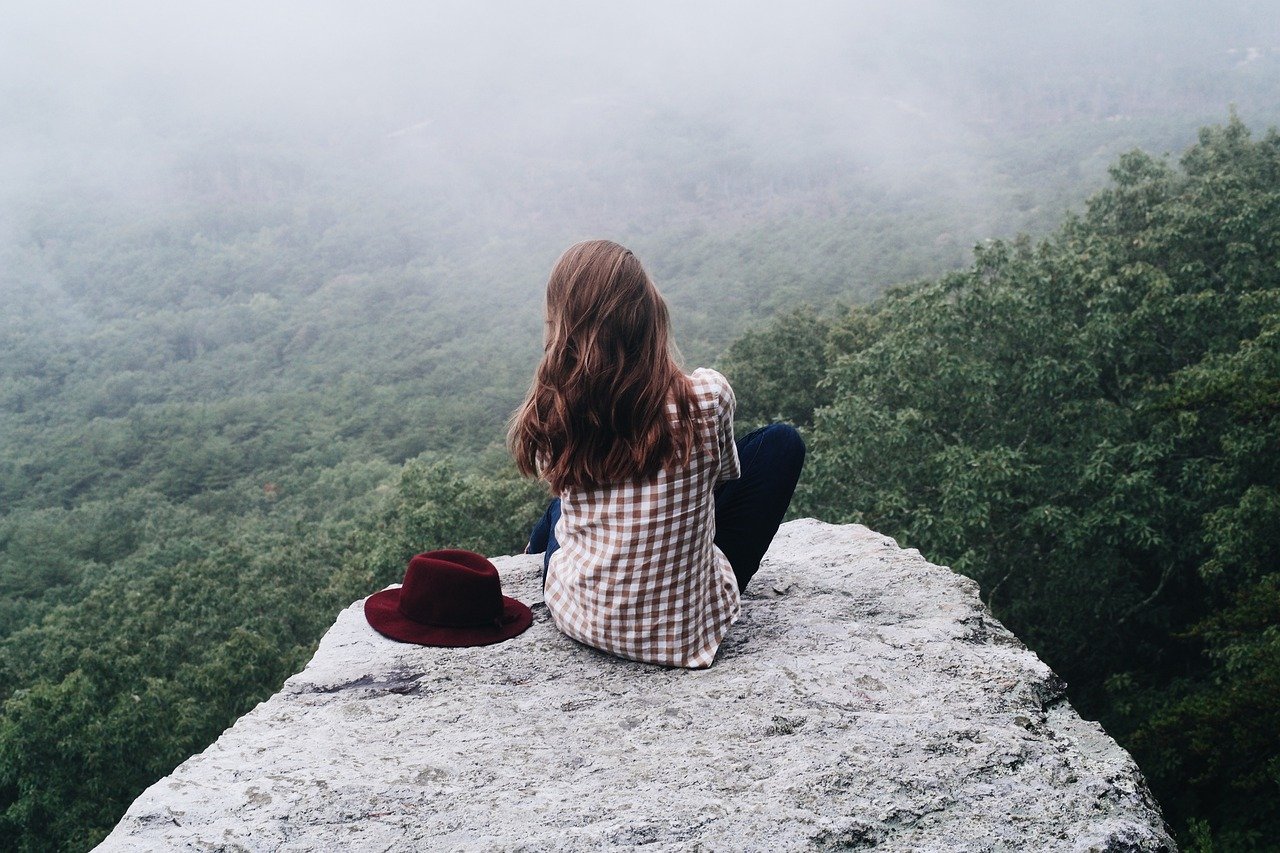
Introduction to FPV Drones
FPV drones provide a live video feed from the drone’s perspective, giving pilots an immersive flying experience. This technology is popular in drone racing and creative videography.
Applications and Advantages
FPV drones are excellent for capturing dynamic and immersive footage. They allow for precise control and innovative shot compositions that traditional drones can’t achieve.
Repairing and Maintaining Drones

Regular Maintenance Tips
Regular maintenance extends the life of your drone and ensures optimal performance. Clean the camera lens, check the propellers for damage, and update the firmware regularly.
Common Repairs and Solutions
Learn basic repair skills like replacing propellers and fixing wiring issues. Having a toolkit and spare parts handy can save time and keep your drone in the air.
Advanced Drone Maneuvers
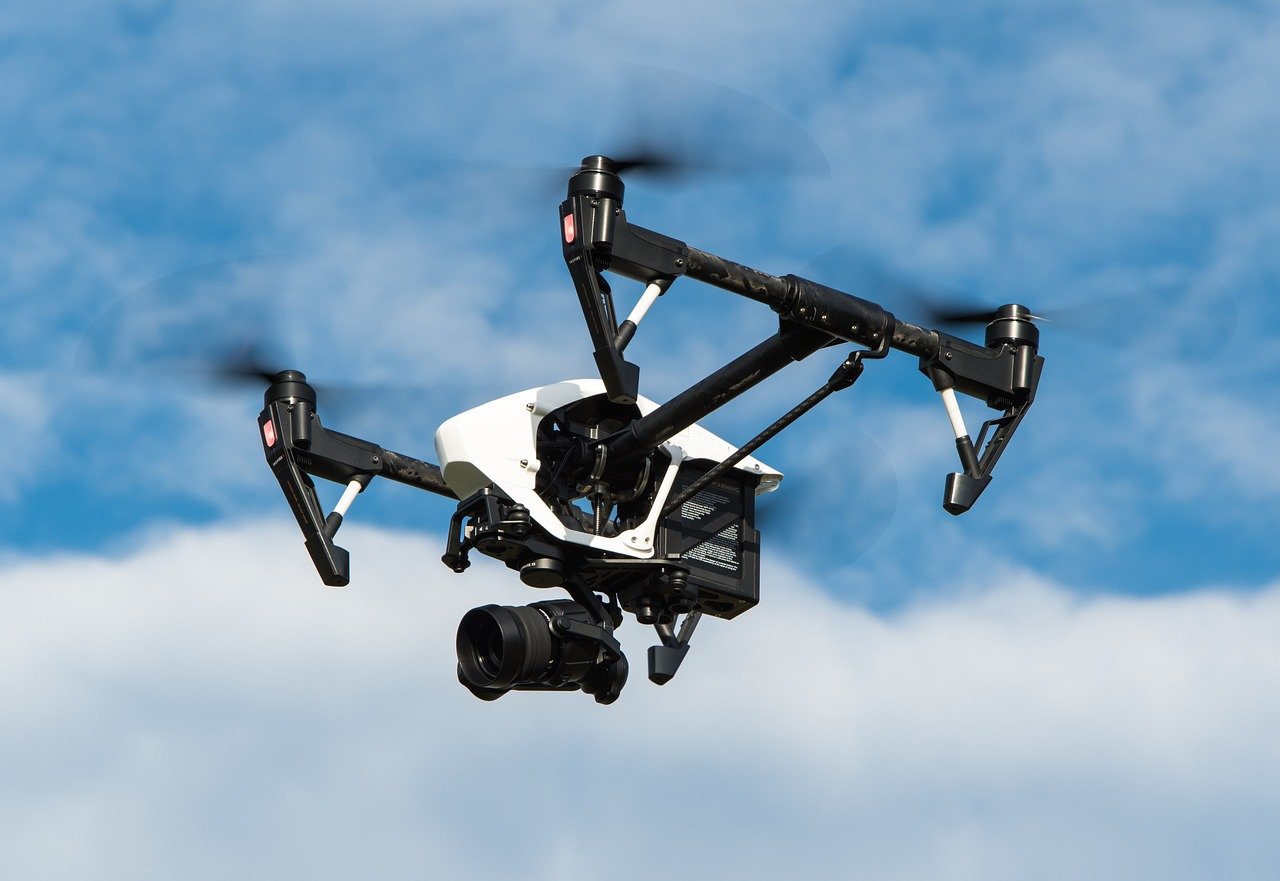
Techniques for Experienced Flyers
Once you’re comfortable with basic flying, try advanced maneuvers like the barrel roll, loop, and power dive. These require practice and precision but can make your footage stand out.
Tips for Smooth Maneuvers
Practice in open areas and gradually increase the complexity of your maneuvers. Using a flight simulator can also help you master advanced techniques without risking your drone.
Licensing and Certification
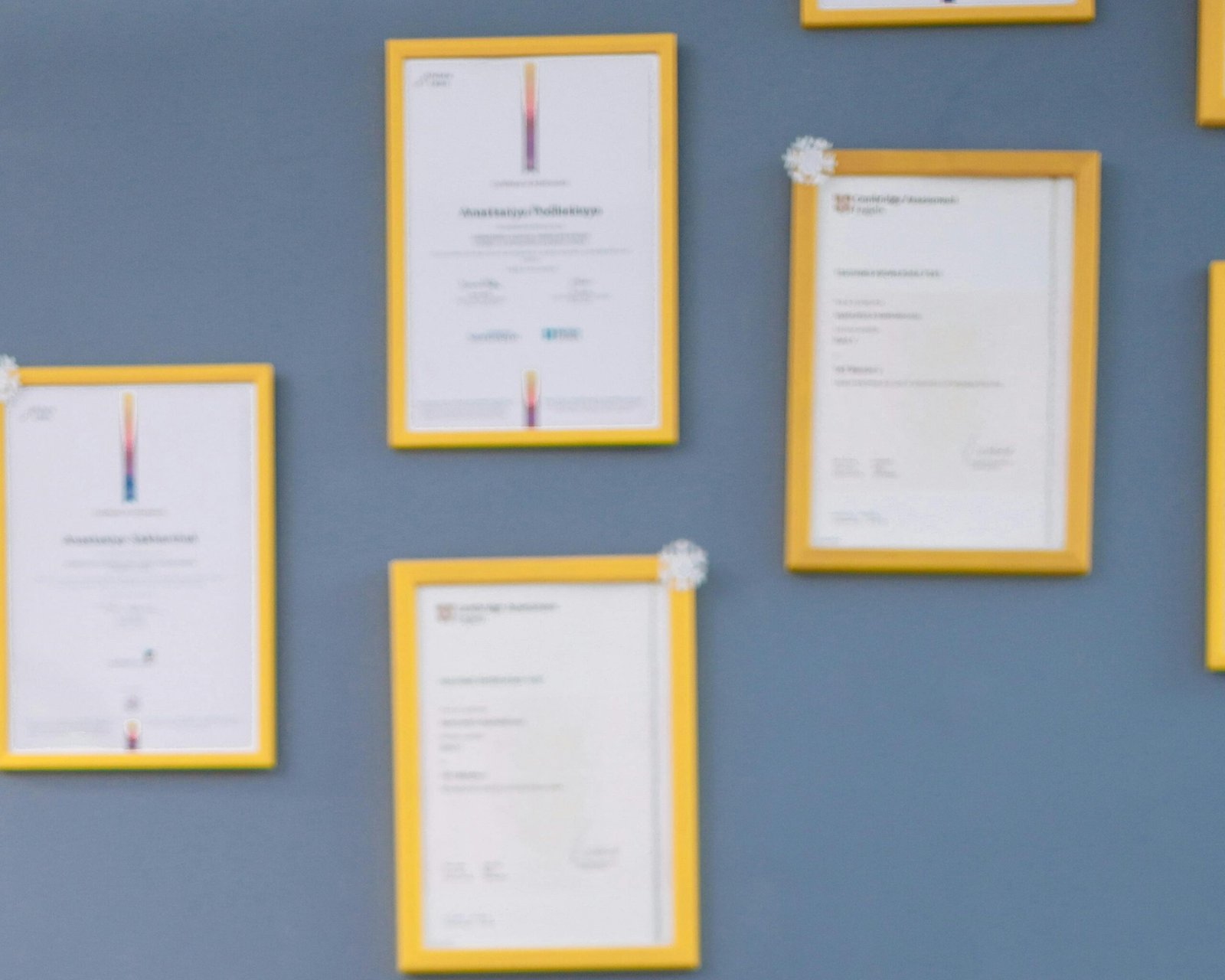
Obtaining Necessary Certifications
Many regions require drone pilots to obtain certifications, especially for commercial use. Research the requirements in your area and complete any necessary training programs.
Importance of Licensing
Having the proper licensing ensures you comply with local laws and enhances your credibility as a professional drone videographer. It can also open up more job opportunities.
Future of Drone Videography
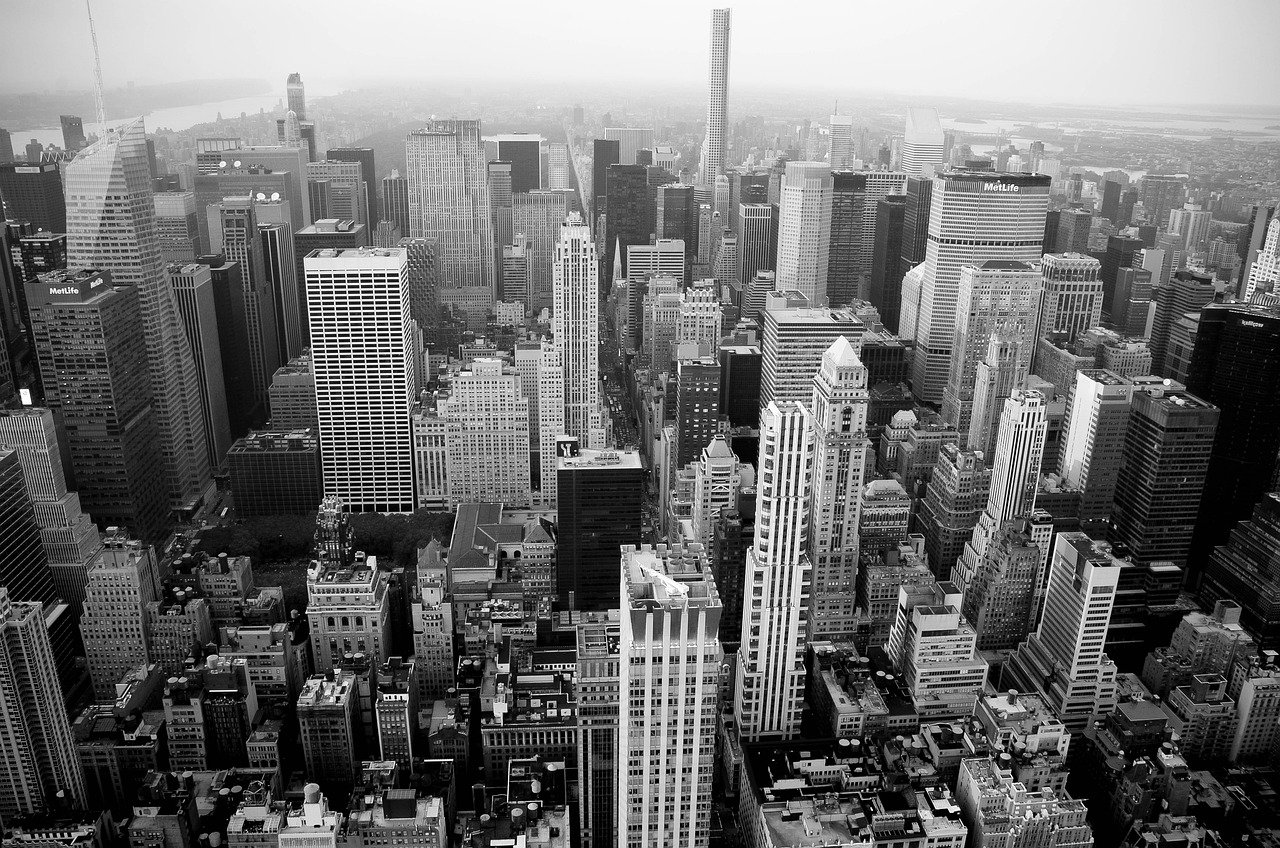
Emerging Trends and Technologies
The future of drone videography looks promising with advancements in AI, automation, and improved camera technology. These innovations will make drones more accessible and capable.
Predictions for the Industry
Expect more integration of drones in various industries, increased use of AI for autonomous flights, and continued growth in the recreational and professional sectors. Staying updated with these trends will keep you ahead in the field.
Conclusion
Drone videography is a rapidly evolving field with endless possibilities. By understanding the basics, adhering to regulations, and continually improving your skills, you can create stunning aerial footage that captivates and informs. Whether for personal enjoyment or professional use, the sky’s the limit with drone videography.
FAQs
What are the best drones for beginners?
For beginners, drones like the DJI Mini 2 and Holy Stone HS720E offer user-friendly features, stable flight, and good camera quality, making them ideal for learning the basics of drone videography.
How can I improve my drone videography skills?
Practice regularly, study techniques from experienced pilots, experiment with different settings and angles, and keep up with the latest trends and technologies in drone videography.
Are there any specific laws for drone videography in different countries?
Yes, drone laws vary by country. It’s essential to research and comply with the local regulations regarding drone registration, flight restrictions, and privacy laws to avoid legal issues.
What software is best for editing drone footage?
Popular software for editing drone footage includes Adobe Premiere Pro, Final Cut Pro, and DaVinci Resolve. These programs offer advanced editing tools to enhance your videos.
How do I ensure my drone footage is cinematic?
To achieve cinematic footage, use smooth and controlled movements, plan your shots, utilize advanced techniques like reveal shots and orbits, and focus on post-production enhancements such as color grading and stabilization.

